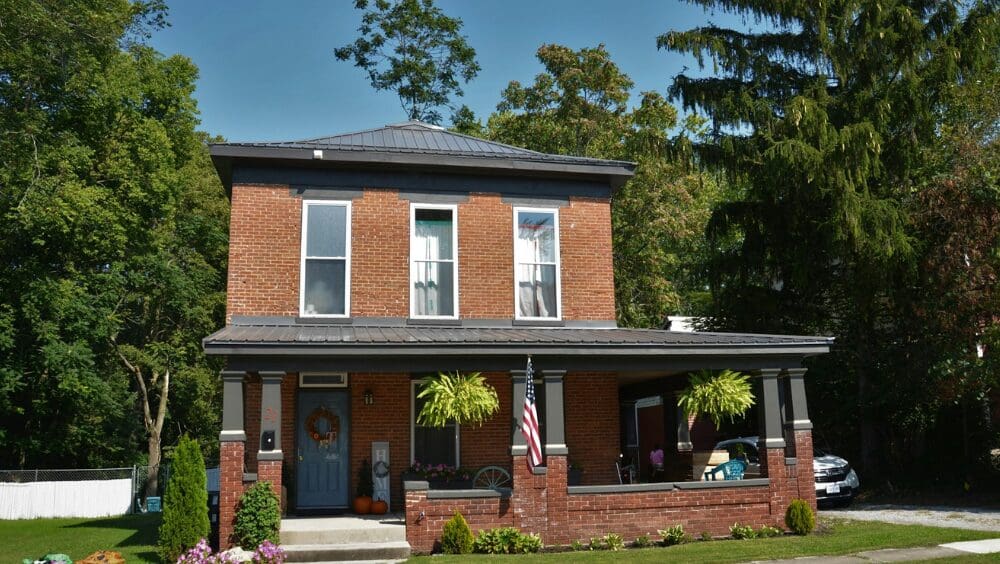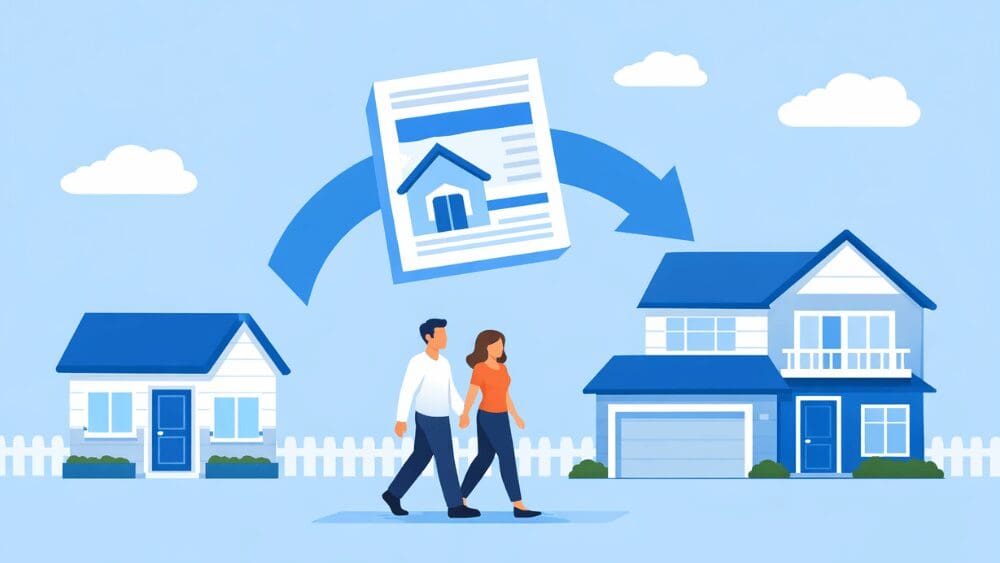
Selling your old home and buying a new one in New York often involves a tricky balance of timing and funds. This balancing act becomes even more challenging in a market with low inventory and high prices. You might think your only option is to sell your current home, find a temporary place to live, and search for your new dream house. However, a bridge loan could be the solution you’re looking for. It’s a short-term financing option that helps you purchase a new home in New York before selling your old one, smoothing out the transition and fitting the pieces of your property puzzle together. A bridge loan is a straightforward concept in the complex world of real estate. It’s a short-term loan that assists homeowners like you in the interim period of buying a new home while still in the process of selling your current one. By leveraging the equity in your existing home, a bridge loan provides the necessary funds for a down payment and covers closing costs on your new property. While generally more costly than traditional mortgages, bridge loans offer a quick and convenient solution, allowing you to secure your new home without waiting for your old one to sell. Bridge loans are also known by several other names, including bridge financing, bridging loan, interim financing, gap financing, and swing loans, reflecting their role in bridging the gap during your transition. In New York, a typical situation where you find a bridge helpful loan is when you’re ready to buy your new home, but your current one hasn’t sold yet. In this scenario, the equity from your existing New York home is used to cover your new property’s down payment and closing costs. Often, the lender handling your mortgage for the new home will also manage your bridge loan. They usually require that your current home is actively listed for sale and offer the bridge loan for a period ranging from six months to a year. An important factor in this process is your debt-to-income ratio (DTI). This ratio will include your existing mortgage payments on your old home, the mortgage payments on your new New York property, and any interest-only payments on the bridge loan. However, if your old home is already under contract with a buyer who has secured their loan approval, your lender might only consider the mortgage payment of your new home in the DTI calculation. This consideration is crucial for lenders to ensure you can comfortably manage payments on both properties should your current home take longer to sell than anticipated in the bustling New York real estate market. In New York, where the real estate market can be particularly competitive, bridge loans offer several benefits that make your home-buying experience smoother and more flexible. These advantages make bridge loans an appealing option for New York buyers who need financial flexibility before selling their existing home, allowing them to use the sale proceeds to settle the bridge loan. While bridge loans offer unique advantages in managing real estate transactions, they also come with certain drawbacks that are important to consider. These factors highlight the importance of carefully assessing your financial situation and the potential risks before opting for a bridge loan. A bridge loan isn’t always the right choice for every real estate situation, but it can significantly ease the transition from your old home to a new one in certain scenarios.What is a bridge loan, in simple words?
How does a bridge loan work in New York?
What are the benefits of a bridge loan in New York?
What are the drawbacks of a bridge loan?
When is a bridge loan a good solution?



